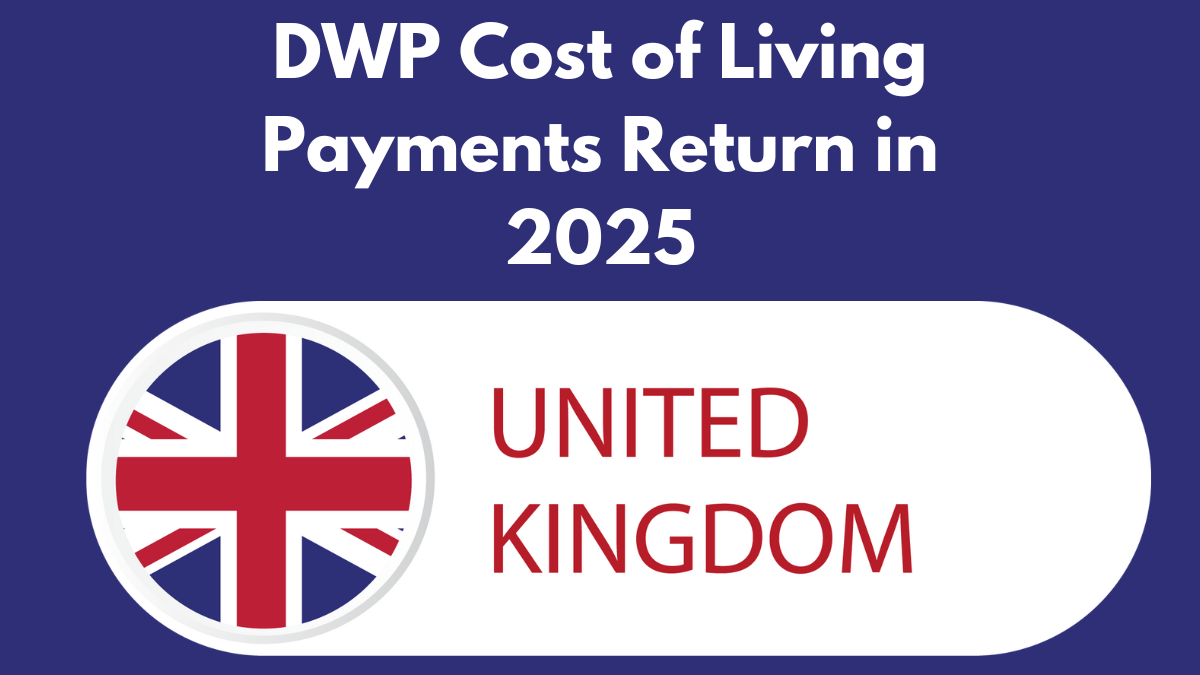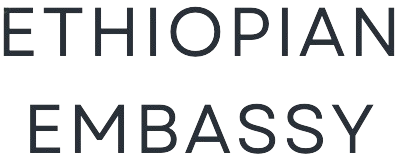The UK government is once again stepping up its efforts to support low-income households through the DWP Cost of Living Payments for 2025. With the rising cost of essentials such as energy bills, rent, and groceries, this initiative aims to provide crucial financial assistance to millions. If you are facing financial strain, understanding the eligibility criteria, payment structure, and additional support options can help you navigate these challenging times.

What Are Cost of Living Payments?
First introduced in 2022, the Cost of Living Payments are non-repayable financial aids designed to help individuals receiving specific benefits or tax credits. As inflation continues to impact household expenses, these payments serve as a critical safety net, ensuring that vulnerable families can afford necessities like food and heating.
Why Are These Payments Essential?
Between 2021 and 2023, the cost of living in the UK surged dramatically, leaving many families struggling to make ends meet. Some of the key financial challenges include:
- Energy bills skyrocketed, with some households paying more than double their usual costs.
- Grocery prices increased sharply, with some essential items rising by over 19%.
- Inflation placed extreme financial pressure on low-income families, pushing them to their limits.
The DWP Cost of Living Payments are designed to alleviate some of this burden, ensuring that vulnerable individuals can afford basic living expenses without accumulating debt.
Who Qualifies for the 2025 Payments?
Eligibility for the 2025 Cost of Living Payments depends on whether you receive certain government benefits or tax credits. You may qualify if you receive:
- Universal Credit
- Pension Credit
- Income Support
- Child Tax Credit (if you are not on Universal Credit)
- Housing Benefit for low-income households
New Changes for 2025
- Expanded income thresholds: More people may now qualify due to adjustments in income limits.
- Additional support for vulnerable groups: Carers and disabled individuals will receive extra financial aid to help with their specific needs.
How Much Will You Receive?
The amount you receive will depend on your circumstances. Here’s a breakdown of the expected payments for 2025:
| Payment Type | Amount (GBP) | Eligibility Criteria |
|---|---|---|
| Standard Payment | £301 | For all eligible individuals |
| Extra Support | £100 – £500 | For carers, disabled individuals, and those with high energy costs |
| For More Details Visit Here | ||
For instance, if you receive Universal Credit, you will likely get £301 in the first phase. A pensioner with high energy needs could receive an additional £200-£300 in extra support.
Payment Schedule for 2025
The payments will be distributed in three phases:
- Spring 2025 – Standard payments begin.
- Summer 2025 – Additional payments for qualifying groups.
- Autumn 2025 – Final phase of support payments.
No application is required—if you qualify, the payment will be automatically deposited into your bank account.
What If You Don’t Qualify?
If you are not eligible for the DWP Cost of Living Payments, there are alternative support options available:
- Local Welfare Assistance: Many councils offer emergency grants and hardship funds to help with essential expenses.
- Energy Bill Discounts: Programs like the Warm Home Discount can reduce winter energy bills by £150.
- Debt Management Support: Organizations such as Citizens Advice and StepChange provide free financial guidance and debt relief solutions.
Real-Life Impact: How These Payments Help
To understand the real impact of these payments, consider Sarah, a 35-year-old single mother receiving Universal Credit. Due to rising costs, she qualifies for:
- £301 Standard Payment in Spring 2025
- £200 Additional Support for high energy expenses
These payments enable her to keep her home warm and provide nutritious meals for her children, giving her financial relief and peace of mind.
How to Make the Most of Your Payment
To ensure that the Cost of Living Payment helps you effectively manage your expenses, consider these tips:
- Prioritize Essentials: Use the funds for rent, food, and utility bills before discretionary spending.
- Plan Your Budget: Allocate the money strategically to cover upcoming expenses.
- Save When Possible: If feasible, set aside a small amount for emergency situations.
- Look for Discounts: Many retailers and service providers offer discounts for low-income individuals—take advantage of these savings.
Frequently Asked Questions (FAQs)
1. Do I need to apply for the Cost of Living Payment?
No, eligible individuals will receive payments automatically.
2. When will I receive my payment?
Payments will be made in three phases: Spring, Summer, and Autumn 2025.
3. How do I check if I qualify?
If you receive one of the listed benefits, you will likely qualify. You can check with DWP or visit the UK government website for details.
4. Can I receive multiple payments?
Yes, if you belong to a vulnerable group (e.g., a pensioner with high energy costs), you may receive additional support.
5. What if I don’t receive my payment?
If you believe you are eligible but haven’t received your payment, contact DWP or your benefit provider for assistance.
The DWP Cost of Living Payments for 2025 provide essential financial support to help low-income households navigate rising costs. Whether you qualify for the standard payment or additional support, these funds can make a significant difference in managing your daily expenses. Be sure to stay informed about eligibility criteria and payment dates to make the most of this assistance.
For More Information Click Here
